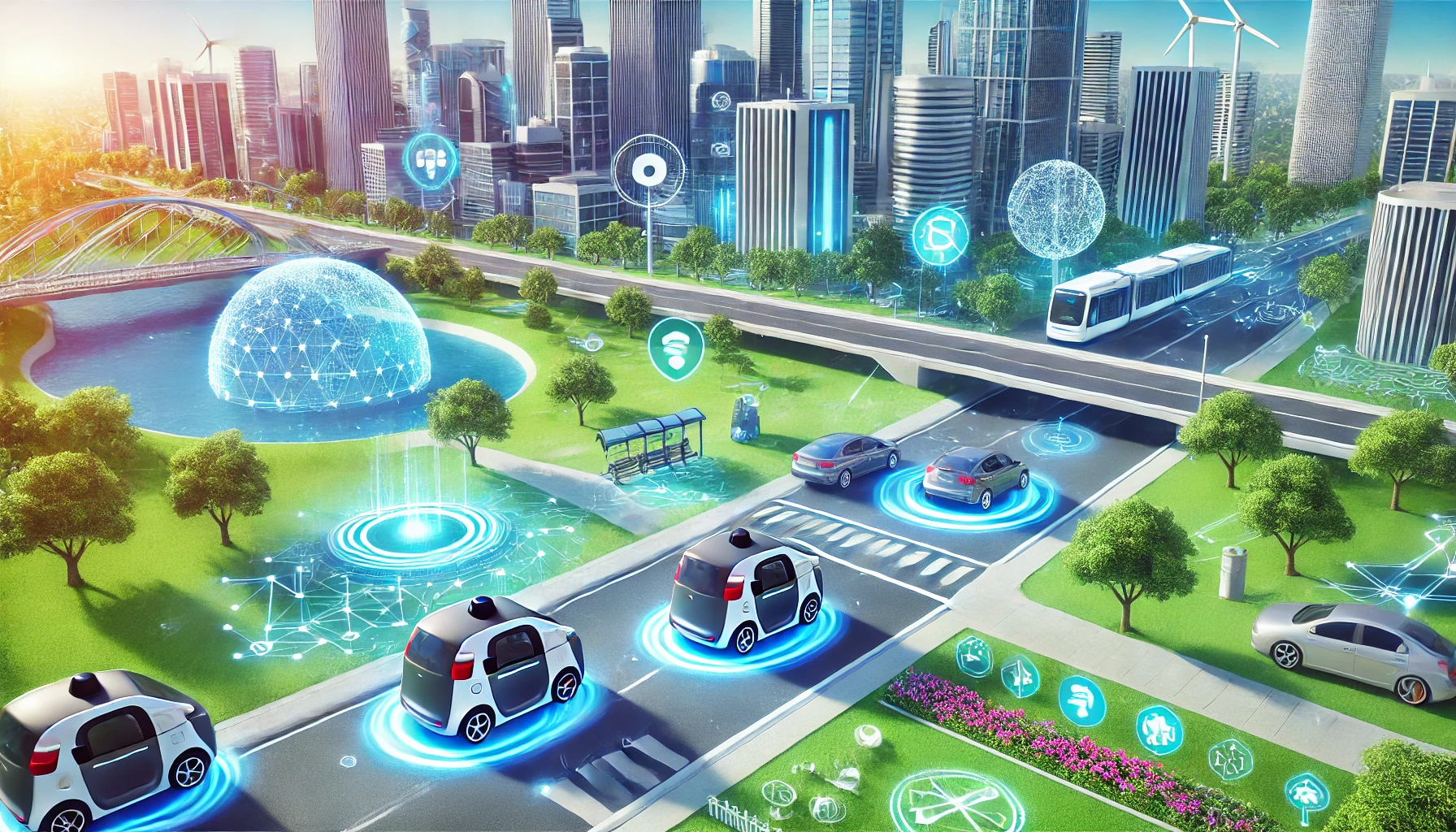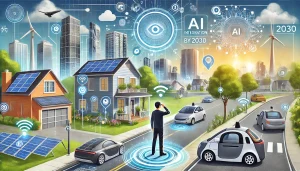Preventive maintenance is a fundamental practice to ensure the safe and efficient operation of any vehicle. It consists of regular actions aimed at preventing failures, increasing the durability of components, and improving vehicle performance. Although some drivers see maintenance as an unnecessary expense, it is a crucial investment to avoid bigger and more expensive problems in the future.
With the increasing complexity of modern vehicles, preventive maintenance goes beyond checking tires and changing oil. It involves a series of detailed inspections that can identify wear or incipient failures in electronic systems, brakes, and even the engine. Therefore, knowing the fundamentals and recommended practices is essential to prolong the lifespan of your car.
This guide was created to present all the fundamental aspects of preventive maintenance, from its importance to the creation of an effective schedule, addressing the main mistakes to be avoided. With this, you will be better prepared to take care of your vehicle and make the most of its performance and safety.
The importance of preventive maintenance in daily life
Investing in preventive maintenance is more than just avoiding the car breaking down on the road; it's about safety, savings, and peace of mind. A well-maintained vehicle significantly reduces the risk of accidents caused by unexpected mechanical failures, such as ineffective brakes or worn-out tires.
In addition, preventive maintenance directly impacts the driver's wallet. Corrective repairs, done when the problem is already advanced, are usually more expensive than a simple periodic inspection. For example, replacing brake pads is much more economical than having to replace damaged discs and calipers due to negligence.
Another important point is energy efficiency. A car with a well-maintained engine, filters, and tires consumes less fuel, reducing operational costs and contributing to a cleaner environment. Thus, preventive maintenance is not only a technical measure but also a way to drive consciously and responsibly.
Main components that require regular maintenance
Keeping each vehicle component in good condition is essential for overall performance. Some of the most critical elements that require attention include:
Braking system
: brake pads, discs, and brake fluid should be regularly checked to ensure safety.
Tires
: proper tire pressure, alignment, and balancing are crucial to prevent uneven wear and ensure grip.
Oil and filters
: changing lubricating oil and air and fuel filters prevents engine problems and improves vehicle efficiency.
Electrical system
: The battery, alternator, and cables should be inspected to prevent unexpected electrical failures.
Suspension
: Worn shock absorbers and springs can compromise the stability of the car, especially during curves or sudden braking.
Performing regular maintenance on these components not only increases the vehicle's durability but also provides greater safety for the driver and passengers.
How to create an effective maintenance schedule
Having a clear and efficient schedule for preventive maintenance is the best way to ensure that no part of the vehicle is neglected. A schedule should be based on factors such as the car's mileage, usage conditions, and manufacturer's recommendations.
Weekly maintenance
: Check tire pressure and fluid levels, such as engine oil, radiator water, and brake fluid.
Monthly maintenance
: inspect external and internal lights, windshield wipers, and signs of tire wear.
Semi-annual or mileage-based maintenance
Conclusion
Annual maintenance
: conduct a general inspection, including emissions analysis, battery condition, and exhaust system.
FAQ
Essential tools and resources for preventive maintenance
Real-time communication between vehicles will allow for more efficient traffic flows, reducing congestion.
2. What is the environmental impact of autonomous vehicles?
With electric fleets, autonomous vehicles will help reduce pollutant emissions, improving air quality.
3. Will cities need new infrastructure for autonomous cars?
Yes, adaptations such as smart corridors, sensors, and 5G networks will be essential for the efficient operation of autonomous vehicles.
4. Will autonomous vehicles be accessible to everyone?
Initially, they may be more expensive, but over time and with popularization, access should become more democratic.
5. What ethical challenges does the technology face?
Issues such as privacy, security, and liability in accident cases are challenges that need to be addressed.




